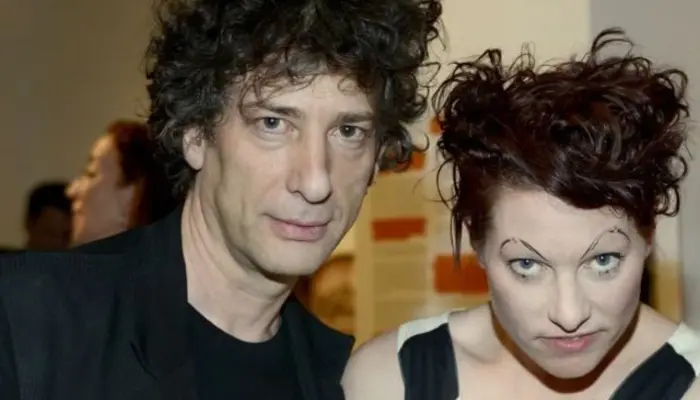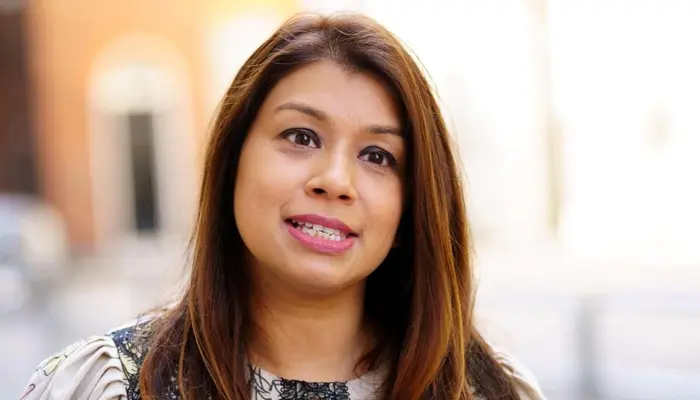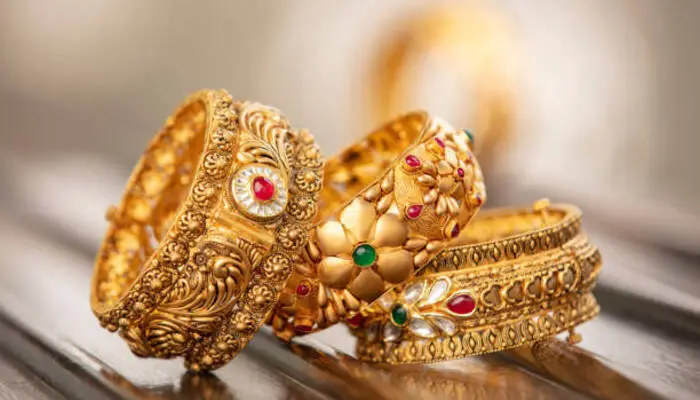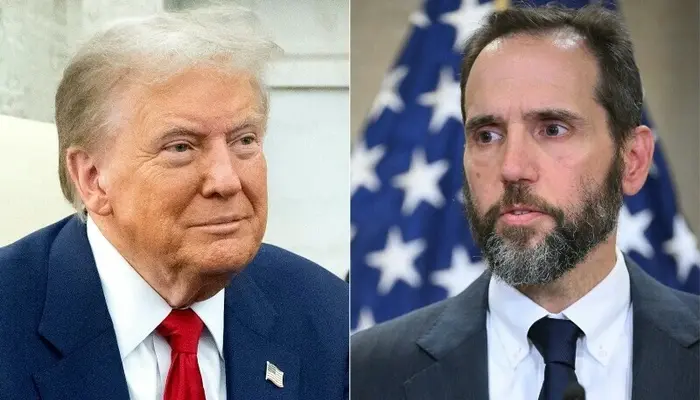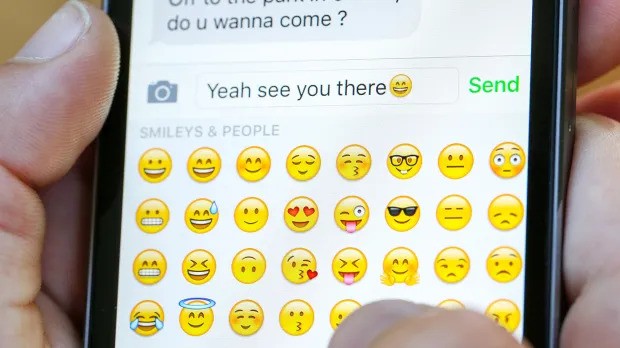
These small icons, ranging from smiley faces to diverse symbols, have revolutionized text-based communication, adding layers of emotion, nuance, and personality that words alone sometimes struggle to convey. But where did this phenomenon originate, and how did it become a global language? Let’s explore the story behind emojis, from their inception by Shigetaka Kurita to their widespread adoption and evolution
Who Created the First Emojis?
The origin of emojis can be traced back to 1999, when Shigetaka Kurita, a designer working for the Japanese telecommunications company NTT DoCoMo, created the first set of emojis. Kurita was tasked with enhancing the company’s mobile messaging platform, i-mode, which was a pioneering service for mobile internet in Japan.
Kurita’s role was to address a significant challenge: how to enrich communication on mobile devices that had very limited text space. The solution he and his team devised was innovative and simple yet profoundly impactful. They developed a set of 176 emojis, which were small, pixelated icons designed to convey a range of emotions, objects, and concepts.
These early emojis included representations of weather conditions, food items, emotions like happiness and sadness, and everyday objects. They were designed to provide users with a way to add emotional context and visual expression to their text messages, which was especially valuable given the constraints of early mobile devices.
Why Were Emojis Created?
The creation of emojis was driven by a practical need: enhancing communication in the context of limited text space on early mobile phones. Mobile messaging at the time was constrained by character limits, which made it challenging for users to convey emotions and nuances effectively. Kurita and his team saw an opportunity to improve this by introducing a visual language that could supplement text.
Emojis provided a solution to this problem by allowing users to express emotions and ideas in a more immediate and visually engaging way. For example, instead of writing out a long explanation of how you felt, you could use a smiley face or a sad face to convey your emotions quickly. This not only made communication more efficient but also added a personal touch to messages.
In addition to emotional expression, emojis helped users communicate complex ideas or situations concisely. A single emoji could represent a range of meanings, from a heart to indicate love or affection to a cloud with rain to signal bad weather. This visual shorthand made it easier for users to share information and connect with each other, even when their messages were limited in length.
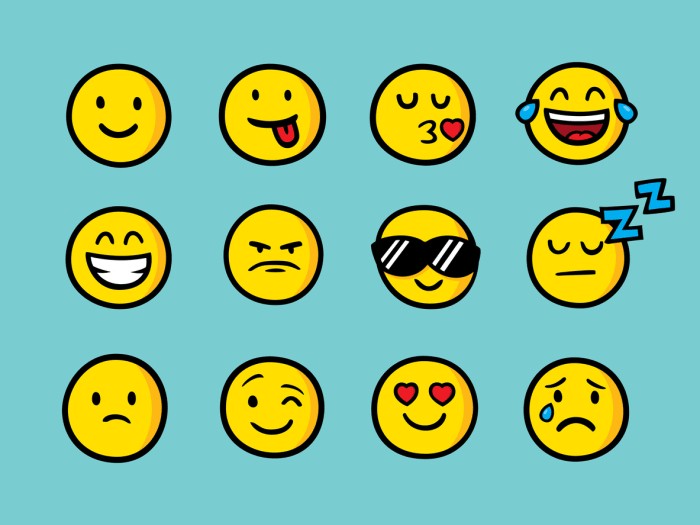
The Spread of Emojis from Japan to the World
While emojis were initially developed for use within Japan, their appeal quickly became apparent. As mobile phones and internet services spread globally, the use of emojis began to catch on outside Japan. By the mid-2000s, emojis were being incorporated into various international operating systems and messaging platforms, thanks in part to the efforts of the Unicode Consortium.
The Unicode Consortium is an organization responsible for standardizing text characters across different platforms and devices. Recognizing the growing importance of emojis, the consortium began including them in its character sets, ensuring that they could be used consistently across different systems. This standardization played a crucial role in making emojis a global phenomenon.
As emojis spread, they underwent further development and expansion. New emojis were introduced to reflect a wider range of emotions, objects, and cultural contexts. The visual design of emojis also evolved, with different platforms creating their own interpretations while adhering to the general guidelines set by the Unicode Standard.
Current State of Emojis
As of 2024, there are over 3,000 emojis available, reflecting a vast and diverse array of symbols that cater to various aspects of human experience and culture. This extensive collection includes emojis representing different professions, activities, animals, and more. The continued growth and evolution of emojis are driven by changing cultural norms, technological advancements, and user needs.
How Are New Emojis Approved?
The process of introducing new emojis involves several steps. Proposals for new emojis are submitted to the Unicode Consortium, where they are reviewed and evaluated based on factors such as usability, frequency of use, and cultural relevance. This process ensures that new emojis meet the needs of a global audience and contribute meaningfully to the existing set.
Once a proposal is approved, the new emoji is added to the Unicode Standard and becomes available for use on various platforms. This process helps ensure that emojis remain relevant and continue to serve the evolving needs of users worldwide.
Read More: What is Mpox and How Dangerous is it?
Why Do Emojis Look Different on Different Platforms?
One of the unique aspects of emojis is that their appearance can vary depending on the platform or device being used. While the Unicode Standard provides a general guideline for each emoji, the visual representation can differ based on the design choices of each platform.
Different platforms and devices have their own styles and aesthetics, which can result in variations in how emojis are displayed. For example, an emoji might look slightly different on an iPhone compared to an Android device. Despite these differences, the core meaning of the emoji remains consistent, allowing users to communicate effectively across different systems.
Follow us on Instagram, YouTube, Facebook, Whats App, and TikTok for latest updates.




